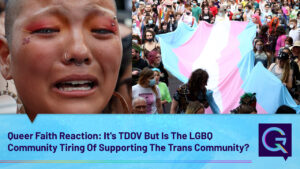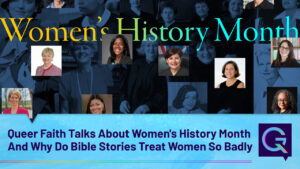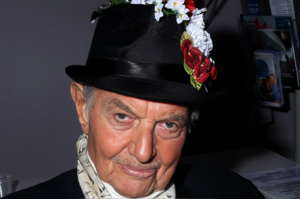
A recent survey conducted by the University of East Anglia (UEA), in collaboration with King's College London and University College London, has shattered common misconceptions about the sex lives of older individuals. The study, originally intended to investigate the spread of a particular sexually transmitted infection, has revealed surprising findings about the sexual activity of gay and bisexual men over the age of 70, challenging societal assumptions about aging and sexuality.
One of the most prevalent misconceptions about older people is that they tend to have less active sex lives and fewer sexual partners. However, this study suggests that this assumption does not hold true for everyone, particularly for gay and bisexual men in their later years.
The researchers conducted interviews with over 5,000 individuals aged 18 and older in 2022, including both heterosexual and non-heterosexual participants. The results of the survey painted a more diverse picture of sexual activity in later life than previously thought.
Among the most striking findings was that gay and bisexual men over the age of 70 continue to enjoy vibrant sex lives with multiple partners. Approximately 17 percent of respondents in this group reported having more than one sexual partner in the last three weeks, while 25 percent of those recruited through social media platforms like Facebook, Instagram, and Grindr had concurrent partners. In contrast, only two percent of straight people over 70 reported having multiple partners.
The data also highlighted a significant gender difference in sexual activity among heterosexual individuals. The study found that 79 percent of heterosexual women and 50 percent of heterosexual men aged 70 and above had not engaged in sexual activity in the past three weeks. Furthermore, among heterosexual women, 65 percent reported having one partner consistently until they reached the age of 50, after which there was a notable increase in reporting no sexual partners at all.
These findings have challenged previously held assumptions about sexual activity in older age groups. Dr. Julii Brainard, the lead researcher from UEA's Norwich Medical School, emphasized that these results offer a more nuanced understanding of sexual behavior as people age, particularly in the context of different sexual orientations. She pointed out that traditional models of sexually transmitted diseases assumed that sexual activity declined significantly after a certain age, but this study indicates that it depends on a person's sexuality.
Dr. Louise Smith, a research fellow and survey coordinator from King's College London, explained that the study focused primarily on gay and bisexual men due to the specific context of the sexually transmitted infection being investigated. However, she noted the importance of conducting further research into the sexual behaviors of lesbian, bisexual women, and transgender individuals to gain a more comprehensive understanding of sexual activity among various groups.
In conclusion, the UEA survey challenges societal assumptions about aging and sexuality, revealing that older gay and bisexual men can have active sex lives with multiple partners well into their 70s. These findings not only contribute to a more nuanced understanding of sexual activity in later life but also highlight the need for more research into the diverse experiences of individuals with different sexual orientations and gender identities. This knowledge can inform better public health messaging and support for different groups of people in the UK.
Author























